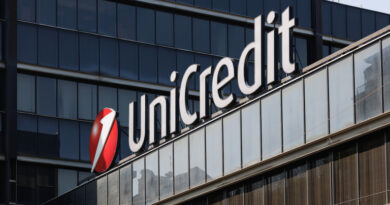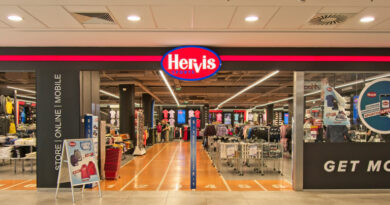Medium-sized companies are the drivers of the M&A market
Primarily Hungarian investors are active on the domestic mergers and acquisitions market, they typically buy assets of departing foreign companies, while demand is strongest for medium-sized firms. This trend can be observed in a recently accomplished transaction, whereby Japanese ARRK Corporation sold the automotive supply company in Tiszaújváros, ARRK Hungary Kft. to CEPEI, an investment group held by Hungarian individuals.
The size of transactions on the company acquisition and fusion (M&A) market of the Central and Eastern European region has slightly increased, however, investor activity can be observed to typically remain below the EUR 10 million transaction size, and this year, no substantial change can be expected. However, the picture is not uniform within the region: foreign investors are much more active on the Czech and Polish markets than in Hungary. “Successful transactions in Hungary can be traced back to the fact that domestic investors buy assets from foreign company owners” – György Herczku, Head of KBC Securities’ corporate finance division the situation.
In the Eastern European region bank sales drive the company acquisition market. This is primarily due to the intention of stabilizing the bank’s capital position. In Hungary, consolidation in the telecommunications sector also carries on, as in the lack of organic growth it is primarily through acquisition that companies can grow and achieve efficiency of size. “Beside the telecommunications sector, the retail sector is also characterized by company sales and acquisitions aiming at consolidation, but in these transactions the liquidity problems generated by new regulations and crisis taxes also play a role” – György Herczku adds. Above average commercial interest can be seen in the health and biotech industries, a phenomenon counsellors basically explain by the EU Jeremie funds’ Hungarian activity. The fact that investor demand is primarily focused on small and medium-sized companies is also caused by the scarce availability of bank financing for acquisitions, thus, buyers can mostly rely on their own resources.
“From among the classic industrial producing companies it is mostly the export-oriented firms that become takeover targets, as these companies’ performance does not depend on domestic economic performance, internal demand, but rather on the international economic environment” – highlights KBC Securities’ expert. An example of these trends is the transaction that has just been concluded between Japanese ARRK Corporation and the investor group CEPEI a few days ago. ARRK Corporation, operating in to automotive industry, carries out a profile cleaning in its European activities, and as a part of this process it has decided to sell its Hungarian subsidiary.
The medium-sized company of Tiszaújváros produces plastic moulds, reaches annual sales revenues of approximately 10 million euro and employs a workforce of several hundreds. It used to be a 100 per cent property of stock exchange listed Japanese ARRK Corporation.
The key to the success of the transaction was to find an investor who ensures the continuation of business activity with the usual high standards and for whom appropriate funding is also available. It proved to be of significant advantage that the transaction affected a company whose business performance – thanks to its several large foreign buyers – does not depend on Hungarian economic performance. The CEPEI group has emerged as successful buyer from among several inquirers after the seller has taken all factors into account – KBC Securities confirms.
































